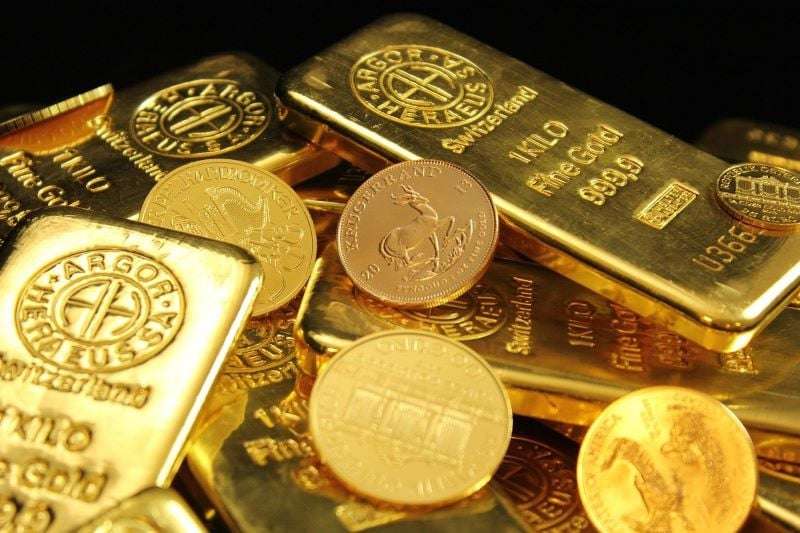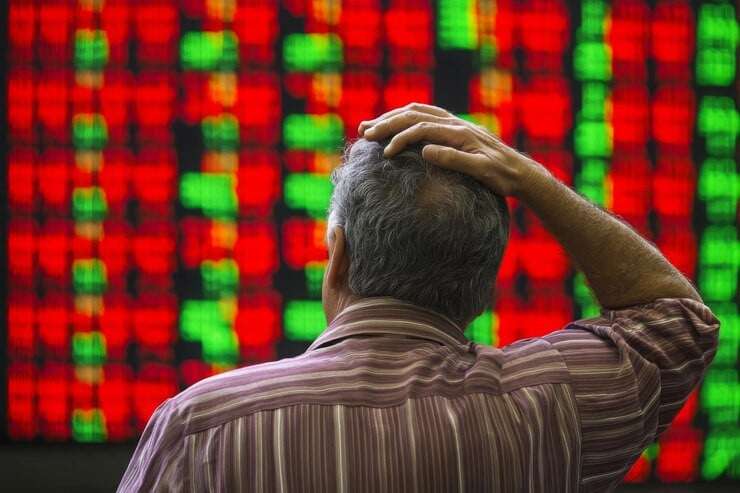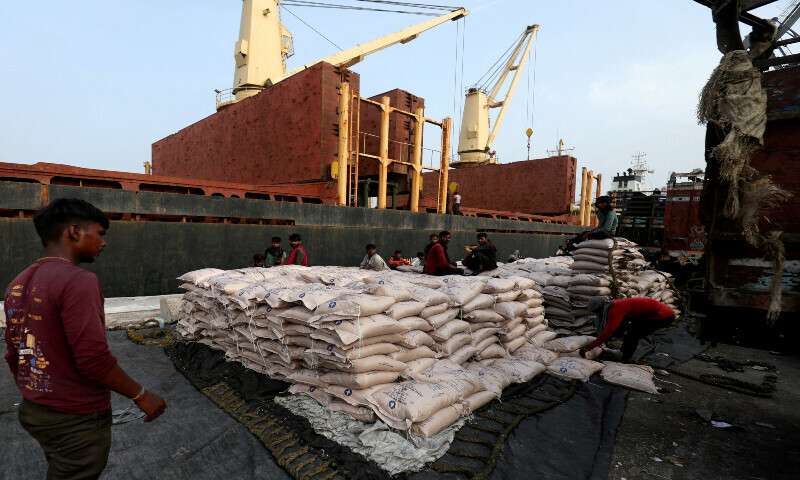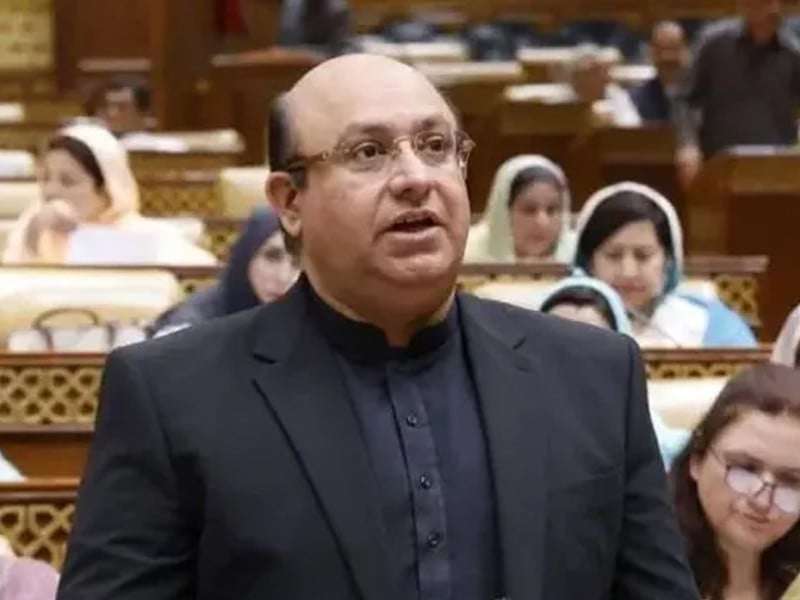The price of gold has experienced a notable decrease, dipping below Rs 275,000 per tola due to a drop in international bullion market rates. This shift in gold prices has sent ripples across local markets, impacting buyers and investors alike. In this article, we explore the factors contributing to this fall, its effects on the local gold market, and how silver prices have remained stable amidst these fluctuations.
Gold Price Trends in the International Market
Gold, traditionally seen as a safe haven for investors, follows market trends driven by various global economic and geopolitical factors. Recently, the price of gold in the international bullion market has faced a decline. On Tuesday, global gold prices fell by $21 per ounce, settling at $2,637 per ounce. This decrease reflects broader market trends, including changes in the strength of the US dollar and fluctuations in investor sentiment.
The international gold market influences prices globally, including in Pakistan. When the global gold price falls, it has an immediate impact on local markets, leading to a drop in the price of gold.
Impact on Local Gold Prices
Following the global dip, local gold prices in Pakistan also saw a significant decline. The price of 24K gold per tola dropped by Rs 2,100, bringing the price down to Rs 274,900. The price of 10 grams of 24K gold also witnessed a reduction of Rs 1,800, settling at Rs 235,682.
Price Movement: Why Gold Prices Fell
The fluctuation in the price of gold is often tied to a combination of factors, such as:
- Global Economic Sentiment: Gold is heavily influenced by investor confidence in the broader economy. When markets are volatile or inflation fears rise, gold typically sees an increase in value. Conversely, in more stable economic conditions, gold prices may decrease.
- US Dollar Strength: The value of the US dollar often inversely correlates with gold prices. When the dollar strengthens, gold becomes more expensive in foreign currencies, leading to a decrease in demand and thus a reduction in price.
- Geopolitical Events: Crises, conflicts, and instability in key regions around the world can cause fluctuations in gold prices as investors flock to the metal as a store of value.
- Market Speculation: Investors and traders in gold frequently speculate on price trends, causing short-term fluctuations in gold prices.
The Fall in Gold Prices: A Breakdown
Gold prices can seem volatile in the short term, but they often trend upwards over the long term. However, the recent fall in gold prices has caused significant concern for some investors and buyers. The reduction in the gold price below Rs 275,000 per tola has resulted in shifts in the gold market dynamics.
Price Comparison: Recent and Previous Gold Rates
- Current Gold Price (24K): Rs 274,900 per tola
- Previous Price (24K): Rs 276,000 – Rs 278,000 per tola (just a few days ago)
This sharp decline of Rs 2,100 per tola demonstrates a noteworthy market adjustment. Despite this, the current price of gold remains relatively high compared to historical trends, which continues to attract both investors and buyers.
Fluctuations in the Price of Silver
Unlike gold, silver prices have remained relatively stable during this period of market changes. On Tuesday, the price of one tola of silver held steady at Rs 3,400, while the price of 10 grams of silver remained at Rs 2,914.95. This lack of fluctuation in silver prices stands in stark contrast to the sharp decline seen in the price of gold.
Why Is Silver Price Stable?
While gold is often seen as a hedge against inflation and a safe haven asset during times of uncertainty, silver is considered a more volatile investment. However, recently silver has maintained a steady price, showing resilience despite fluctuations in gold prices. There are several factors contributing to this stability:
- Silver as an Industrial Metal: Unlike gold, silver has significant industrial demand, especially in electronics and solar energy. This demand helps stabilize the price of silver.
- Market Speculation: While silver can be volatile, it often follows the trends set by gold. When gold prices stabilize, silver often does too.
- Economic Cycles: Silver prices can fluctuate depending on global economic cycles. However, the continued demand from industrial sectors and relative price stability have led to a less pronounced decline in silver values compared to gold.
Impact on Local Buyers and Investors
For local buyers and investors, the recent dip in gold prices represents a mixed opportunity. Some buyers may view the current price as a chance to purchase gold at a relatively lower price, while investors may look for long-term trends to guide their purchasing decisions.
Local Buyer Trends
Many local buyers in Pakistan view gold as an investment for wealth preservation. The current dip in gold prices may prompt some buyers to invest, especially with the uncertainty in the global market. However, the volatile nature of gold prices means that buyers need to be cautious and aware of potential future fluctuations.
Impact on Gold Traders and Jewelers
Traders and jewelers are also impacted by these price changes. The drop in gold prices may lead to increased foot traffic in the shops as consumers look to buy jewelry at a better price. However, the short-term volatility in prices could also cause some uncertainty for jewelers who rely on stable pricing for profit margins.
Gold Price Outlook: What to Expect in the Coming Weeks?
As we look toward the future, several factors could influence the trajectory of gold prices:
- Global Economic Recovery: If the global economy continues its recovery from the pandemic, gold prices may see more stability.
- Geopolitical Tensions: Events such as political instability, conflicts, and trade wars may drive gold prices higher as investors seek safe-haven assets.
- Interest Rates: Central banks’ policies on interest rates will also play a role in gold price movements. Higher interest rates may reduce the appeal of gold, while lower rates may increase demand.
- US Dollar Fluctuations: Any weakening of the US dollar could result in an increase in gold prices as it becomes more affordable in other currencies.
FAQs:
1. Why did the price of gold fall recently?
- The price of gold fell due to a decrease in global prices, which were influenced by various economic factors, including the strength of the US dollar and market speculation.
2. Will gold prices continue to decline in the coming weeks?
- It is difficult to predict with certainty, but market conditions such as the global economy and geopolitical stability will likely influence gold prices.
3. Why are silver prices stable while gold prices are falling?
- Silver has strong industrial demand, which can help stabilize its price, even when gold prices are volatile.
4. How does the global economy affect gold prices?
- Gold prices are heavily influenced by global economic conditions, including inflation, economic growth, and geopolitical tensions.
5. Should I buy gold now or wait for prices to drop further?
- It depends on your investment strategy and market outlook. If you’re investing long-term, purchasing at lower prices can be beneficial, but short-term volatility can make gold prices unpredictable.
Conclusion
The recent fall in gold prices below Rs 275,000 per tola reflects broader shifts in both the international and local gold markets. As global economic factors and market dynamics continue to evolve, investors and buyers will need to stay informed and adjust their strategies accordingly. While silver prices remain stable, gold continues to be a highly sought-after investment and a barometer of global economic sentiment.
SEE ALSO
https://flarenews.pk/2024/12/17/fazl-vows-to-take-madrassa-bill-issue-to-streets/



